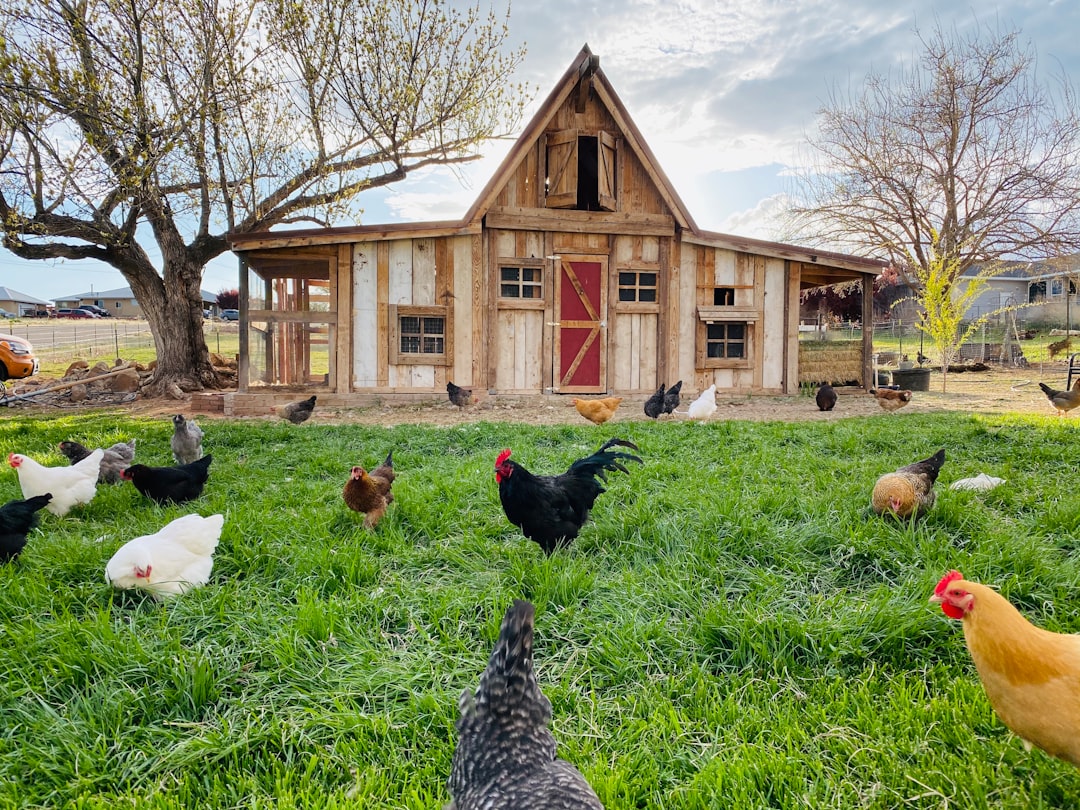As the global demand for poultry continues to rise—driven by its relative affordability and nutritional value—there’s increasing pressure on producers to scale operations while addressing critical concerns about animal welfare and environmental sustainability. The challenge? Balancing efficiency with ethical responsibility and ecological impact.
Sustainable poultry production is not just a trend—it’s a necessary evolution in how we raise chickens, turkeys, and other birds. In this blog post, we’ll explore how forward-thinking producers are reimagining poultry systems to be humane, efficient, and planet-friendly.
The Rise of Poultry and the Sustainability Challenge
Poultry is now the most widely consumed meat globally, and it plays a crucial role in meeting protein needs for billions of people. However, industrial poultry production—often characterized by confined housing, rapid growth cycles, and heavy resource use—has raised red flags related to:
-
Animal welfare issues (overcrowding, genetic stress)
-
Environmental concerns (waste management, emissions, deforestation for feed crops)
-
Public health risks (antibiotic resistance, disease outbreaks)
Sustainable poultry production aims to address these challenges without compromising on productivity or food security.
1. Animal Welfare: Raising Birds with Dignity
Better Living Conditions
High-density confinement systems have been widely criticized for limiting natural behaviors like dust bathing, perching, and foraging. Sustainable poultry systems prioritize enriched environments that support:
-
Freedom of movement: Birds need space to stretch their wings and move freely without stress or injury.
-
Natural light and ventilation: Exposure to daylight helps regulate birds’ circadian rhythms and improves overall health.
-
Enrichment tools: Providing perches, straw bales, and pecking objects reduces boredom and aggressive behavior.
Breed Selection and Genetics
Many modern broiler breeds have been optimized for fast growth, often at the expense of leg health and organ function. Sustainable systems explore slower-growing, more robust breeds that experience fewer welfare issues, live longer, and exhibit more natural behaviors—even if they take slightly longer to reach market weight.
Humane Handling and Processing
Training farm workers in low-stress handling techniques and ensuring humane slaughter practices is crucial. Animal welfare doesn’t stop at the farm gate—it should extend through transportation and processing.
2. Environmental Responsibility: Reducing Poultry’s Footprint
Waste Management
Poultry operations generate large amounts of manure rich in nitrogen and phosphorus. Without proper handling, this waste can pollute waterways and contribute to greenhouse gas emissions.
Sustainable producers implement systems such as:
-
Manure composting and reuse: Turning waste into organic fertilizer reduces pollution and supports soil health.
-
Biogas generation: Capturing methane from manure to produce renewable energy for farm use.
-
Nutrient management planning: Applying manure in ways that minimize runoff and match crop nutrient needs.
Feed Sustainability
Feed represents the largest environmental cost in poultry production—particularly soy and corn, which often contribute to deforestation and high water use.
Key solutions include:
-
Local and regenerative feed sourcing
-
Insect protein or food waste-based feed alternatives
-
Precision feeding: Tailoring diets to each growth stage to improve conversion efficiency and reduce waste.
Energy and Resource Efficiency
Sustainable poultry farms are adopting renewable energy technologies (solar, wind), optimizing water usage, and building energy-efficient housing. Automated systems can monitor temperature, humidity, and feed consumption to reduce inputs while improving bird health and productivity.
3. Efficiency: Smart Systems for a Growing Population
Precision Poultry Farming
Modern sustainable operations are leveraging smart technology to monitor bird health, growth rates, and environmental conditions in real time. Sensors and AI-powered platforms allow farmers to:
-
Detect early signs of disease or stress
-
Adjust feed and water delivery automatically
-
Optimize barn conditions for bird comfort
This data-driven approach reduces waste, enhances welfare, and boosts productivity—key components of sustainable intensification.
Small-Scale and Integrated Systems
While large-scale poultry farms feed the majority of the world’s population, small and medium-scale operations are also vital—especially in rural areas. Integrating poultry into mixed farming systems (e.g., poultry + crops or agroforestry) allows for:
-
Efficient nutrient cycling (manure fertilizes crops)
-
Diversified income for farmers
-
More resilient food systems at the local level
4. The Consumer Connection: Transparency and Trust
Consumers increasingly want to know how their food is produced—and they’re willing to pay more for meat that is raised humanely and sustainably.
Farmers and brands can support this by:
-
Certification and labeling: Programs like Certified Humane, Global Animal Partnership, or regenerative labels can signal higher welfare and sustainability standards.
-
Traceability systems: Technology that tracks poultry from farm to fork helps ensure transparency and accountability.
-
Education and engagement: Sharing the story behind sustainable poultry—through farm tours, social media, or packaging—builds consumer trust and loyalty.
Conclusion: A Balanced Path Forward
Sustainable poultry production is about making smart trade-offs that honor both ethical principles and practical realities. It recognizes that efficiency and scale are important—but not at the expense of animal welfare or planetary health.
By adopting better welfare standards, reducing environmental impact, and embracing technological innovation, poultry producers can build systems that are profitable, resilient, and responsible. And with growing consumer awareness and policy support, the shift toward truly sustainable poultry farming is not just possible—it’s already underway.
Ultimately, sustainable poultry production offers a blueprint for a more humane and harmonious food future—where birds live better, farms thrive, and people everywhere can access healthy, responsibly raised food.

Comments
No comments yet. Be the first to comment!
You must be logged in to comment. Login